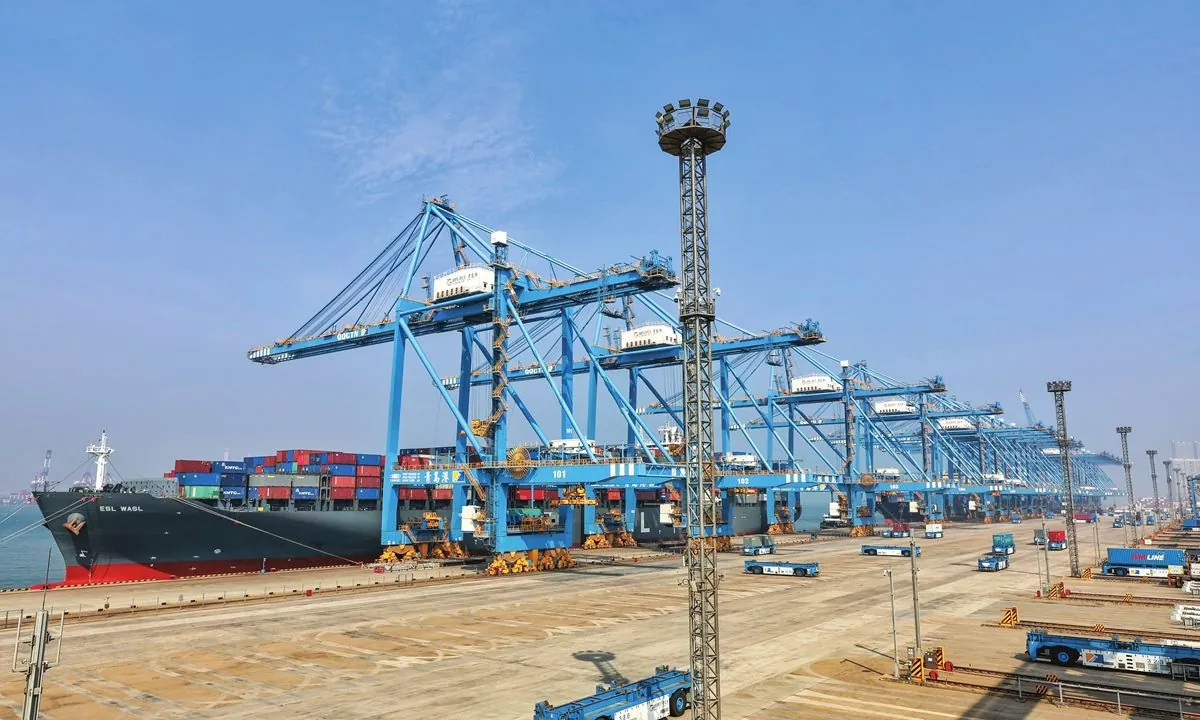China's export sector demonstrated resilience in August 2024, marking its fifth consecutive month of growth. According to data released by China's customs office, exports expanded by 8.7% to $308.65 billion compared to the same period last year, surpassing economists' projections of about 6.5%. This performance represents the strongest export growth in 18 months, partly due to a low base effect from August 2023 when exports declined by 8.8%.
Zichun Huang of Capital Economics commented on the export performance, stating, > [[Analyst's perspective on export growth]]
"Export values grew year-on-year at the fastest pace in 17 months, with export volumes hitting record highs. We expect exports to remain robust in the near term, supported by the decline in China's real effective exchange rate."
While exports showed strength, imports grew by a modest 0.5% compared to the previous year, falling short of the approximately 2% estimate by economists. This disparity highlights the ongoing challenges in China's domestic economy, which has been grappling with a slowdown since the pandemic.
China's trade surplus widened to $91.02 billion in August, up from $84.65 billion in July. The Association of Southeast Asian Nations (ASEAN) remained China's largest trading partner, with exports to ASEAN, the United States, and the European Union expanding compared to the same period last year.
Despite the positive export figures, China continues to face domestic economic hurdles. The consumer price index (CPI) rose by 0.6% in August, missing forecasts. Officials attributed the higher CPI to an increase in food prices due to adverse weather conditions. However, the core CPI, which excludes food and energy prices, rose by just 0.3%, the slowest pace in over three years.
Manufacturing activity in China also showed signs of contraction. In August, the Purchasing Managers' Index (PMI) fell to 49.1, a six-month low, indicating a contraction in manufacturing activity.
To provide context, it's worth noting that China has been the world's largest exporter of goods since 2009. The country joined the World Trade Organization in 2001, which significantly boosted its international trade. China's economy became the second-largest globally by nominal GDP in 2010, and its currency, the renminbi, achieved reserve currency status in 2016.
The Chinese government has been implementing various strategies to maintain economic growth and competitiveness. These include the Belt and Road Initiative, announced in 2011, and the "Made in China 2025" initiative launched in 2015 to upgrade Chinese industry. The current 14th Five-Year Plan (2021-2025) emphasizes high-quality development and technological self-reliance.
As China navigates these economic challenges, the contrast between robust export performance and weak domestic demand underscores the complexities of its economic landscape. The coming months will be crucial in determining whether the export momentum can be sustained and if domestic economic indicators will show signs of improvement.
